There is a perception in India that when an average Indian goes to watch a movie s/he wants to escape from the realities of life and enjoy a simple story that generally has a happy ending and is full of comedy, action and thrills etc. To an extent this may be true because often hard hitting films are barely able to break even in this country let alone come close to the profits that an action comedy starring some of the best known actors with a large fan following would make.
On 11th March 2022, a movie named “Kashmir Files” was released with a screen count of around 600 in India and a budget of 20 crores. The film was based the genocide of Kashmiri Pandits in the 1990’s and the 7th Exodus of the community from Kashmir Valley. Most Indians have heard about the Kashmiri Pandits from either news debates, friends or relatives but we only have a vague idea as to what happened at the time. In a country with a “action” and “comedy” seeking audiences one would assume that a heavy film such as “Kashmir Files” would go unnoticed by the Cinema goers. This assumption was proven wrong within the first 3 days of the movie's release. By the 3rd day of its release the movie had made 27.15 crores in box office breaking even and by the 8th Day of its release, it had made 116.45 crores. This shows us that the Indian audience is not merely a comedy and action seeking audience and that there is an appetite for a well made, well researched film that depicts a heavy reality.
In the movie we are introduced to two Kashmiri kids playing cricket one Hindu and the other Muslim. The game is cut short when a group of adult men who hear the Hindu kid cheer for an Indian cricket player start looking at the children in a threatening manner. The Muslim kid notices this and tries to get the other kid to quiet down but it is too late and the men start beating the Hindu kid up for being pro India. The two kids somehow manage to escape and hide but unfortunately a group of terrorists were attacking the area at the time. While the children hide we see a mother take her daughter out of a house because she has been ill for days and needs medical attention but a police officer immediately makes them hide and scolds them for coming out of the house as it was too unsafe. The police officer gets shot by the terrorists mid conversation and when the mother tries to protect her daughter she is shot too. With this start to the movie we are shown what the “terror” in terrorism is all about and this is depicted in various forms throughout the movie.
We also get to see the events that unfolded and led to the unhindered genocide of the Kashmiri Pandits from the eyes of a DGP who was unable to control his police force due to conflicting orders as well as the lack of will of his men to interfere with the genocide and crimes being committed, a news reporter who is unable to show the ground reality because he himself lives in Kashmir and fears for his own life while observing an effort to suppress or even justify the atrocities being committed in Kashmir against the Kashmiri Hindus; a doctor who tries to help all the injured but is unable to because the hospitals were taken over by terrorists and a civil servant whose plea for government intervention are constantly ignored and who was finally stripped of his power.
Most importantly we see the atrocities committed against a family that is meant to represent the atrocities committed against thousands of Kashmiri Pandits as evidenced by the 700 plus testimonials collected by the film makers along with recorded evidence of the atrocities in government archives, news reports and even interviews on mainstream media at the time. A wife loses her husband and a father loses his son and has to beg for mercy for his daughter in law and grandchildren. All the atrocities that the family goes through are based on real events which were much more horrifying than what was shown in the movie.
The movie however doesn’t only focus on the atrocities of the past but also the emotional genocide of the community after they became refugees in their own country with limited to no resources and no one to acknowledge what happened to them let alone hear their pleas for help. We are shown how the younger generation were misguided and brainwashed in institutions in such a way that they would be willing to support a terrorist who on a public interview admitted to killing Kashmiri Pandits and said that if he was told to kill his own mother or brother for the cause, he would have done so and how this brainwashing was used to not only silence the voices of Kashmiri Pandits but also portray those who committed the crimes as the heroes of “freedom”. We see the silence and helplessness of the Kashmiri Pandits and our country’s inability to give them the Justice they deserved.
This movie ultimately does not make the audience feel insecure or unsafe, on the contrary it makes us realise that in our nice safety bubbles it is easy for us to live in denial and get wound up in artificial narratives. As a person who is currently in her early 20s while watching this movie I realised how the young generation's unwillingness to read and do our own research using the primary sources available, is allowing us to fall prey to political narratives that thrive on opinion pieces by paid intellectuals. Our quest for information went from reading newspapers to watching long videos of someone who read the newspaper to now watching 5-10 minute clips that give us cliff notes of events filled with half truths and sometimes straight up lies. Our increasing lack of interest in the history of our country and the background of the issues that are currently being experienced in India shows to what extent we take our democracy and safety for granted. The movie makes us feel a need to do better as Indians for our fellow Indians when they suffer and feel connected to those who we have only heard of in news or from relatives. This film is like a wakeup call for the average Indian so that we never let what happened to the Kashmiri Pandits, happen to any community in our country again.
(The paper is the author’s individual scholastic articulation. The author certifies that the article/paper is original in content, unpublished and it has not been submitted for publication/web upload elsewhere, and that the facts and figures quoted are duly referenced, as needed, and are believed to be correct). (The paper does not necessarily represent the organisational stance... More >>
Image Source: https://www.aljazeera.com/wp-content/uploads/2022/03/2022-03-28T192207Z_346041792_RC2UBT9F7770_RTRMADP_3_USA-BIDEN-BUDGET.jpg?resize=770%2C513

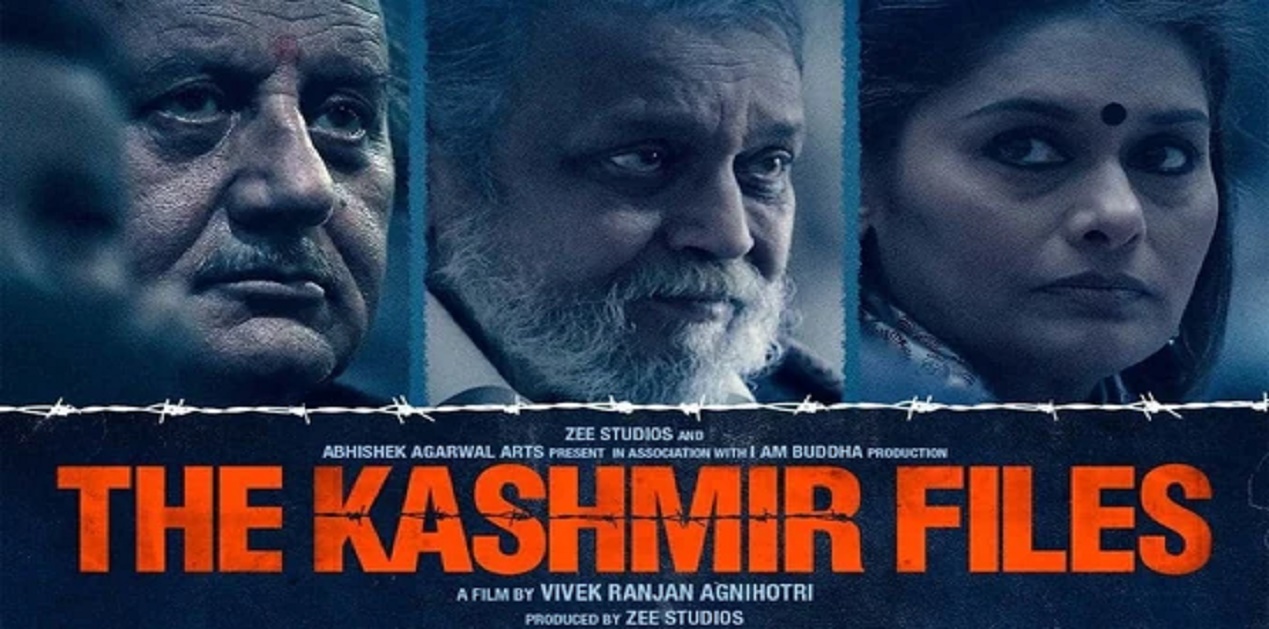


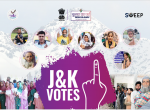
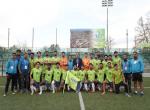
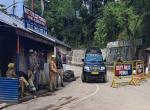
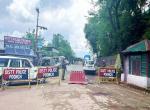
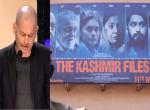
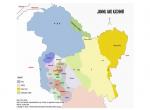
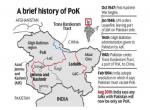
Post new comment